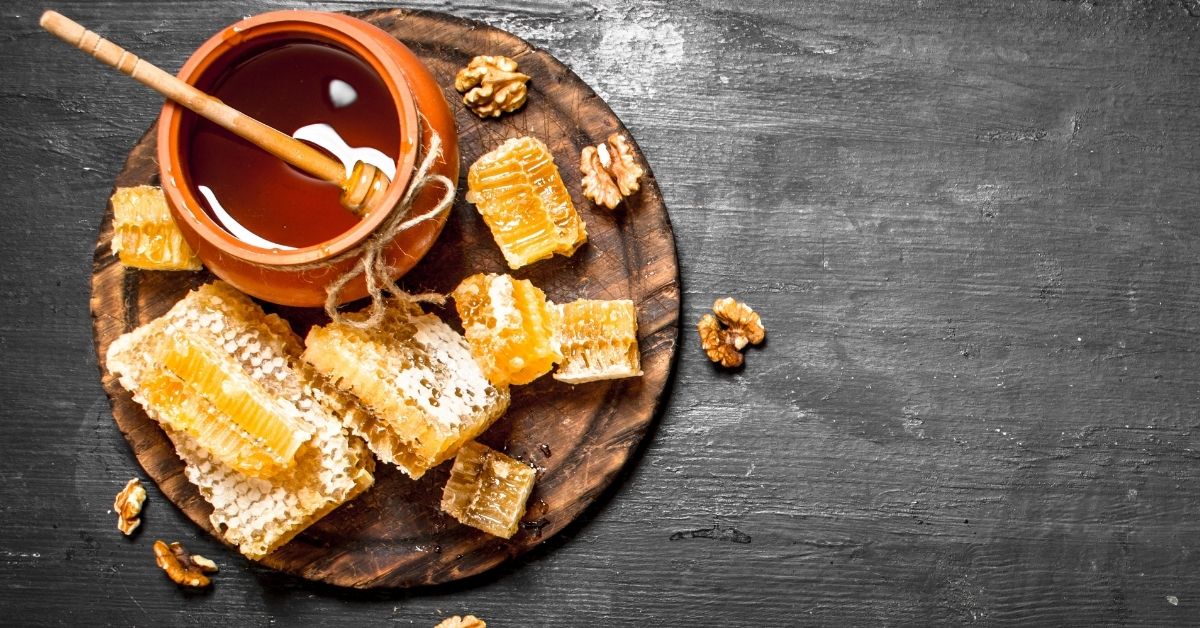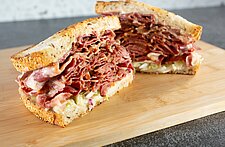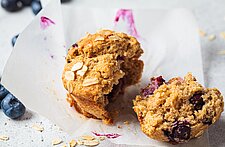As summer turns to fall, pumpkin isn’t the only ingredient making its way into a variety of food and beverage products. Honey is also buzzing, with September being National Honey Month.
In addition to pairing well with fall foods like apples, honey can be incorporated into everything from sweet treats to savory dishes to comforting beverages. Food and beverage brands continue to innovate with honey, not only in terms of using the ingredient in varied creations but also in terms of using varieties of honey stemming from different types of flowers and bee populations. Honey also ties in with trends around wellness and environmental consciousness.
That’s why “honey variations” is one of the Symrise flavor trends for 2020, and we see significant opportunity for food and beverage brands to continue to utilize honey in exciting ways.
SUBSCRIBE to In-sight for the latest information and innovation in food and beverage! Drinking Up Honey
Drinking Up Honey
Honey’s versatility makes it a great addition to elevate many different types of beverages. Restaurants and bars can showcase connections to local communities and create premium beverages by partnering with nearby apiaries (i.e. places that have beehives). For example, Knox Mason in Knoxville, Tennessee uses Carnathan Apiary Honey, a locally made, artisan honey sourced from right outside of Knoxville. The restaurant uses this premium local ingredient in the Post Modern Bees Knees cocktail, featuring Post Modern Giniferous Gin, chamomile liqueur, honey and lemon.
Honey, especially local, artisanal varieties, can also be used to elevate the “tea with honey” classic and contribute to other wholesome beverages. The blog Vidya Living shares a recipe for Ayurvedic Sleep Tonic, a warm beverage consisting of almond milk, ghee, raw honey, cardamom and saffron, as Trend Hunter reports.
RELATED: Top Flavor Trends for 2020 Inspired by Natural Goodness
Sweet Meets Savory
In addition to providing a lift to beverages, honey can be used within countless dishes where savory meets sweet. Consider Cotton & Rye, a restaurant in Savannah, Georgia. Southern fried chicken gets a premium twist with the eatery’s spicy sumac and chipotle crispy chicken wings that incorporate local honey. The restaurant also gives new life to the Southern classic of cornbread by using burnt honey butter on its buttermilk rye cornbread.
In recent years, Symrise has also come across several unique honey companies at Fancy Food Shows. For example, we’ve seen Bushwick Kitchen’s spicy honey and salted honey. Their honey comes in a container similar to something you’d see in the condiment space, so it’s easy to squeeze right onto fried chicken, cheese or anything else you can think of.
We’ve also seen innovative honey brands like Agate Smart Honey, which offers varieties that tap into wellness trends. For example, they offer CBD honey, as well as savory flavors like ginger turmeric.![]() Going Urban
Going Urban
For restaurants in big cities like San Francisco and New York, it doesn’t get much more local than using honey from urban hives. Rooftops can be a great location for hives, and companies like Urban Bee in San Francisco help businesses set up these hyperlocal honey sources.
From there, food and beverage brands can use this local honey in unique ways. At Nightbird in San Francisco, Chef Kim Alter partners with Urban Bee to use honey in a variety of dishes. She notes that you can taste the difference among the various districts of the city where the hives are located. In addition to using honey from these city bees, Chef Alter uses the beeswax itself, such as by putting it in ice cream. The wax is good for the digestive system, she says.
Where’s Honey Heading?
While bees remain at risk, the use of honey could potentially draw more attention to their well-being and of the environment as a whole. For example, for National Honey Month, the National Honey Board has partnered with food companies that will donate to bee health research organizations based on sales of certain products that are made with honey.
And honey offers a lot of potential in the culinary world, far beyond being used as a sugar alternative. The flavors of honey have great complexity, due to factors such as the types of flowers bees pollinate in different regions. That means restaurants, for instance, can put their own mark on their cuisine by having their own beehives to produce honey for their dishes, even within large cities.
Overall, food and beverage brands that can find creative, sustainable ways to incorporate honey into their offerings have a great opportunity to delight customers with delicious flavors. Having a deeper environmental and/or wellness mission behind what they’re serving could be a selling point too.






